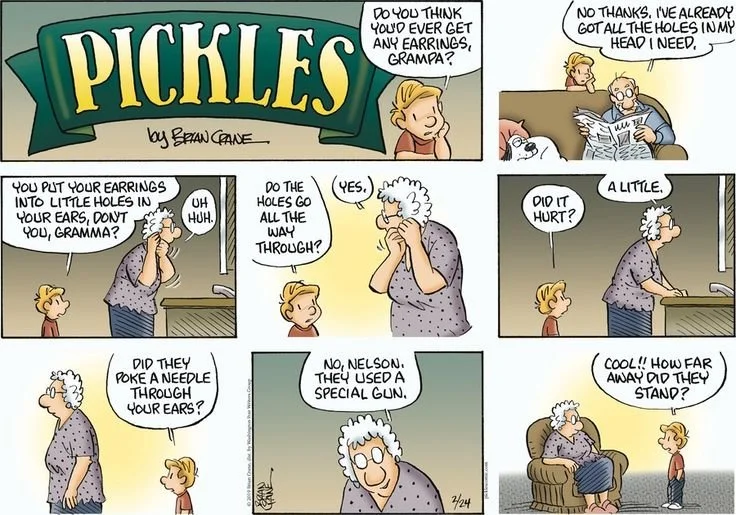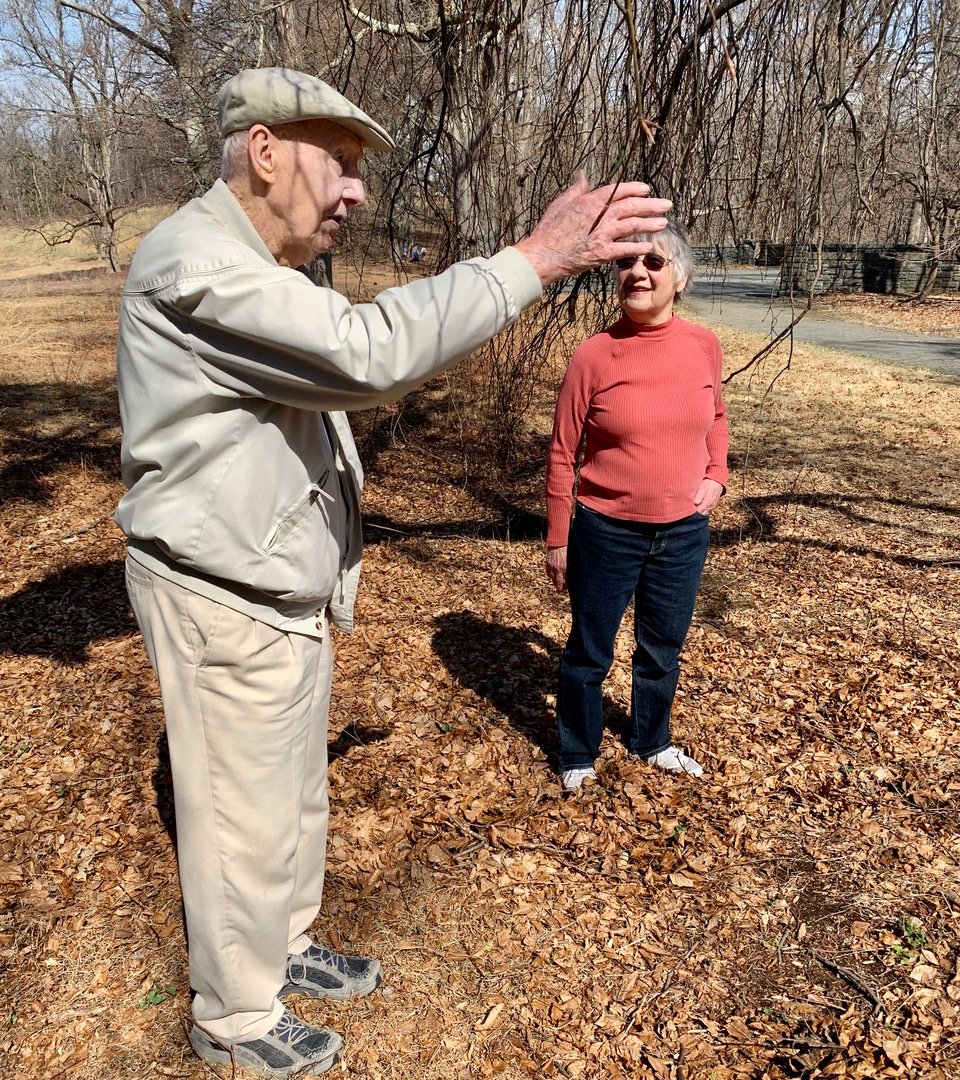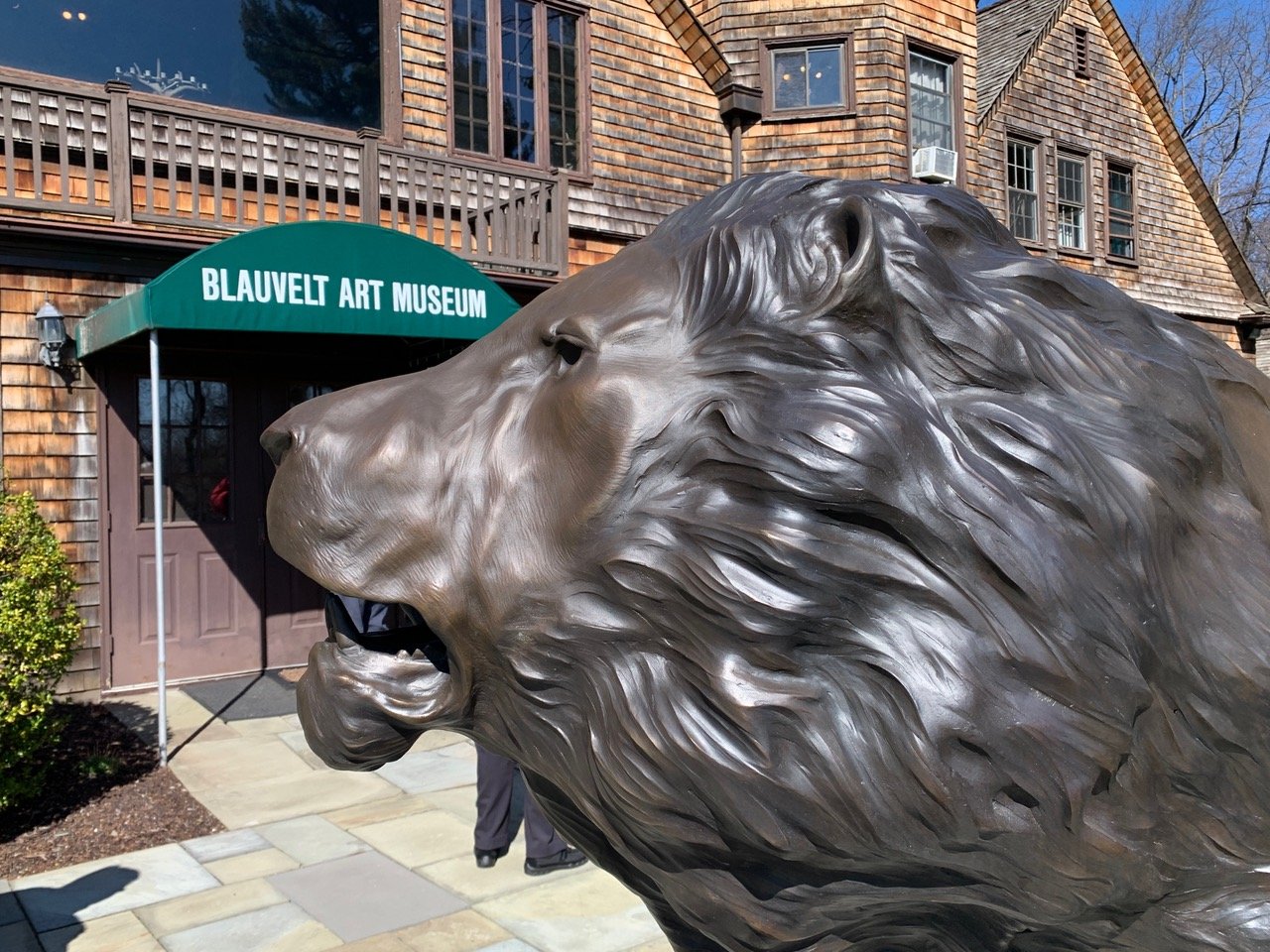The Curious History of Love Potions
The idea of a love potion created to win the heart of an uninterested companion has been around for virtually as long as recorded history. While no one knows for sure when these elixirs first bubbled into existence, their development through the years, in many guises, serves as a snapshot for the cultures these creative concoctions have passed through.
The Ancient Greeks Set the Tone
According to Love Potions Through the Ages: A Study of Amatory Devices and Mores, by Harry E. Wedeck, the ancient Greeks were among the earliest civilizations to foster the regular use of love potions, also known as “philtres.” The physician Xenocrates, who lived in the third century BCE, suggested that drinking the sap of the mallow plant would arouse passions in women. The stimulating effects of the roots of the satyrion and mandrake plants were well known to both the Greeks and the Romans that followed. The Greek physician Dioscorides, who served as an army surgeon for the Roman Emperor Nero, wrote of how the mandrake root dipped in wine would help win over prospective lovers.
Even those who lacked wealth and power enjoyed access to love-inducing aides, as they could find various charms and concoctions in a seedy district of ancient Rome known as the Sabura. Yet the widespread availability of such philtres, with their varying degrees of effectiveness, could also be a source of trouble. The poet Lucretius, a contemporary of Julius Caesar’s, was said to have been driven mad by a potion administered by his wife. Later, the Roman writer Apuleius stood trial for his alleged concoction of love potions to win the heart of a widow, with recipes including such stimulating seafood as spiced oysters, cuttlefish, and lobsters.
Source: historyfacts.com
Contributed by Jane Hart











































































